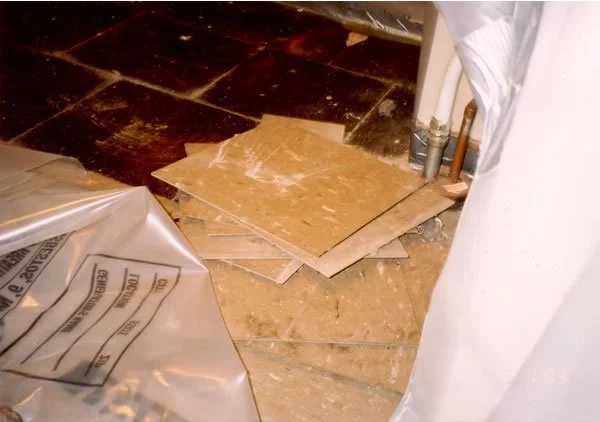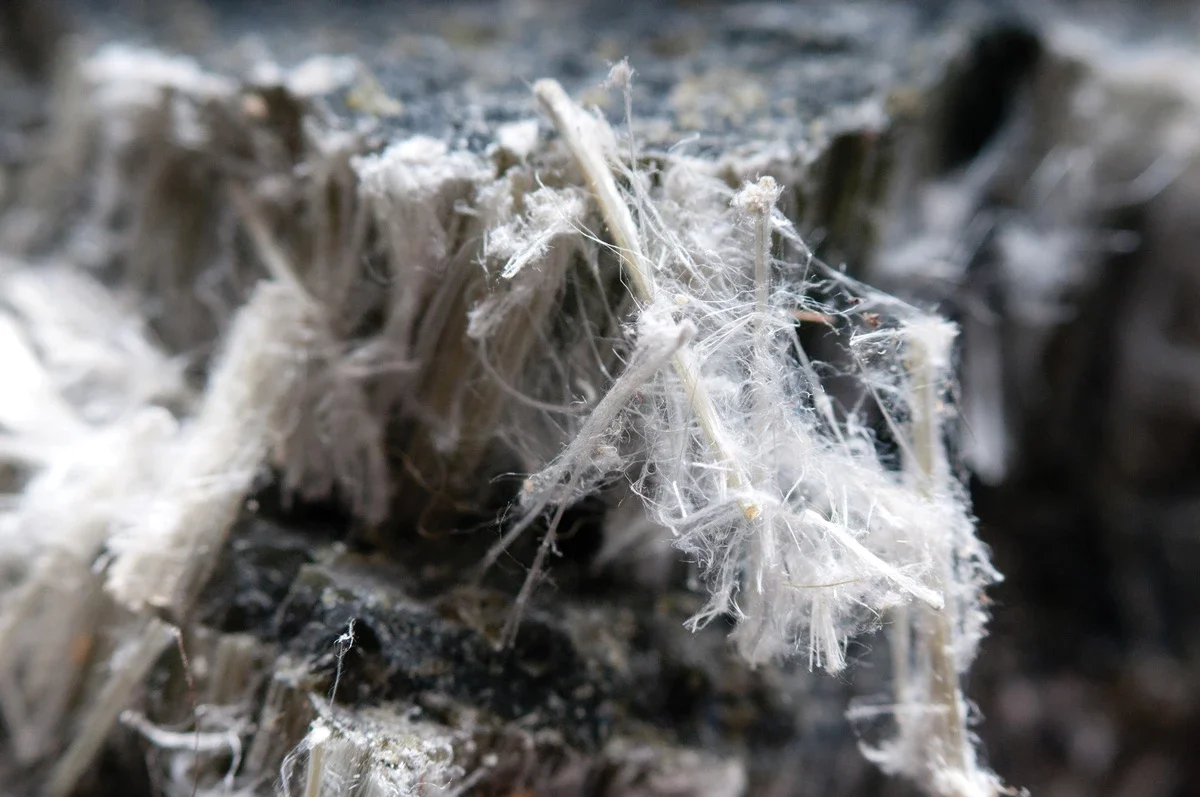
ASBESTOS - “The hidden killer”
Asbestos Testing Services
-

What is Asbestos?
Asbestos is a naturally occurring mineral made up of thin, microscopic fibers. For much of the 20th century, it was widely used in building materials and industrial products because it is strong, durable, fire-resistant, and resistant to heat and chemicals.
You’ll often find asbestos in older construction, such as floor tiles, insulation, roofing, ceiling materials, and adhesives.
The danger comes when asbestos-containing materials are damaged or disturbed. This can release tiny fibers into the air, which, if inhaled, can lodge in the lungs and lead to serious health problems, including asbestosis, lung cancer, and mesothelioma.
Would you like me to make a short, simple version (like one or two sentences) for quick reference, or a more detailed version with health and safety context?
-

Where is it usually found?
Asbestos was widely used in construction and manufacturing, so it often turns up in older buildings, homes, and industrial sites (typically pre-1980s). Some of the most common places and materials where asbestos can be found include:
Building Materials
Flooring: Vinyl floor tiles, linoleum, and the adhesives (mastics) used to set them
Ceilings & Walls: Popcorn ceiling textures, ceiling tiles, drywall joint compound, plaster, and cement board
Roofing & Siding: Asphalt roofing shingles, roofing felt, cement siding, and corrugated roofing panels
Insulation: Pipe and boiler insulation, furnace insulation, vermiculite insulation (often in attics), and spray-applied fireproofing
Other Uses
Textiles: Fireproof blankets, gloves, and heat-resistant fabrics
Automotive Products: Brake pads, clutches, and gaskets
Industrial Applications: Millboards, laboratory countertops, and chemical-resistant materials
In general, asbestos is most common in older structures. If these materials are left undisturbed and intact, they may not pose an immediate hazard—but when damaged, cut, or removed improperly, asbestos fibers can become airborne and dangerous to inhale.
-

Get rid of it - ABATEMENT
Asbestos abatement is the process of safely removing or reducing asbestos hazards. Because asbestos fibers are dangerous when airborne, abatement must be handled with strict safety measures by trained professionals.
Here’s how it’s typically done:
1. Inspection & Testing
A certified asbestos inspector collects samples of suspected materials (e.g., tile, insulation, ceiling coatings).
A laboratory confirms whether asbestos is present and at what concentration.
2. Worksite Preparation
The area is sealed off with plastic sheeting and negative air pressure machines to prevent fibers from escaping.
Warning signs are posted, and access is restricted.
Workers wear protective gear, including respirators and disposable coveralls.
3. Abatement Methods
There are three main approaches, depending on the material and its condition:
Encapsulation: A sealant is applied to the asbestos-containing material (ACM) to bind the fibers and prevent them from becoming airborne.
Enclosure: A barrier (like drywall or airtight containment) is built around the ACM to isolate it.
Removal: The asbestos material is carefully wetted, dismantled, double-bagged in leak-tight containers, and taken to an approved hazardous waste facility.
4. Cleanup & Clearance
The area is thoroughly cleaned with HEPA vacuums and wet-wiping methods.
Air monitoring and clearance testing ensure asbestos fibers are no longer present at hazardous levels.
Only then is the area declared safe for re-occupancy.
Let’s get your started
